A team of scientists from Peking University, the Shandong Institute of Cultural Relics and Archaeology, the Central University for Nationalities and Sichuan University, along with experts from University College London (UK) have just discovered the earliest known matriarchal society in the world. Photo: nature.com.
Specifically, the team of experts analyzed ancient DNA from 60 remains dating from 2750 BC to 2500 BC. The research results help confirm the existence of a Neolithic society that passed down through the maternal line. Photo: nature.com.
A matriarchal community once lived in what is now Shandong Province, China, around 4,500 years ago. The community lasted for 250 years and maintained a stable lineage for at least 10 generations. Photo: nature.com.
“This finding supports the hypothesis that matrilineal systems can form and persist in communities without strong wealth accumulation mechanisms,” the research team shared. Photo: SCMP.
In a new study, experts reconstructed the blood relationships of people buried in two cemeteries at the Fujia archaeological site in Shandong province, finding “comprehensive genetic evidence of a matriarchal community with two clans.” Photo: SCMP.
The two cemeteries are organized according to the mother’s lineage, with most of the deceased, both male and female, being buried along their mother’s lineage. Notably, adolescent and adult males are only buried in the cemetery corresponding to their original mother’s lineage. Photo: SCMP.
“This ritual is consistent with matriarchal norms, as opposed to patriarchal and patrilocal systems, where women are commonly buried next to their husbands,” the researchers said. Photo: sixthtone.com.
Furthermore, isotope analysis of the skeletons showed that they had a diet consisting of millet, millet-fed pork, and possibly aquatic animals such as marine mollusks and freshwater mussels. Photo: sixthtone.com.
The Fujia site covers an area of about 37 hectares. This is where more than 500 tombs were discovered in three excavations conducted in 1985, 1995 and 2021, respectively. This area belongs to the late Dawenkou culture - a Neolithic civilization in eastern China that existed from about 4300 BC to 2600 BC. Photo: sixthtone.com.
Readers are invited to watch the video : Revealing lost civilizations through archaeological remains.
Source: https://khoahocdoisong.vn/xa-hoi-mau-he-4500-tuoi-gay-chan-dong-trung-quoc-post1546508.html


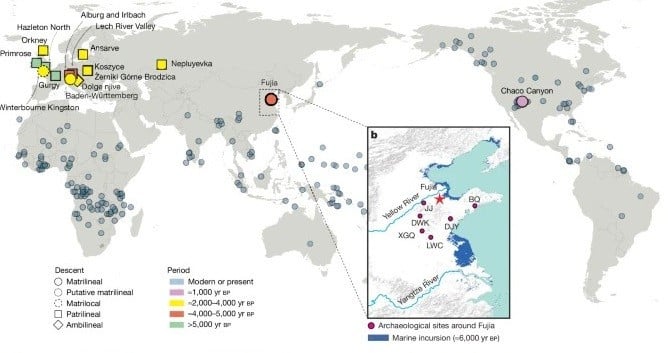
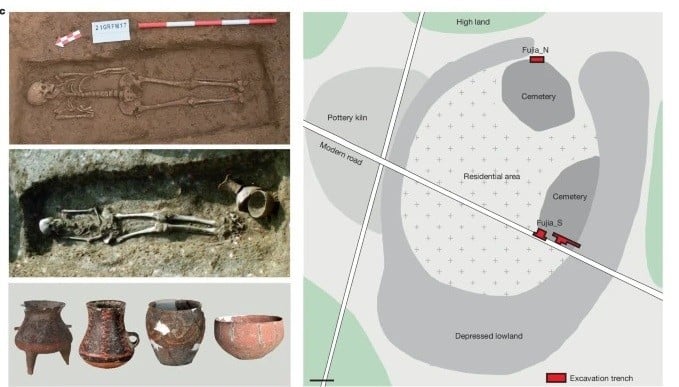
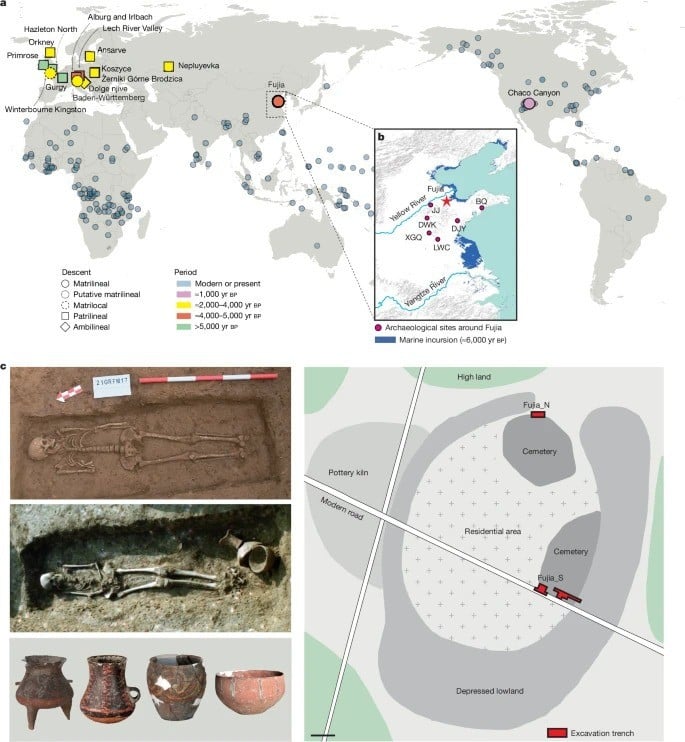
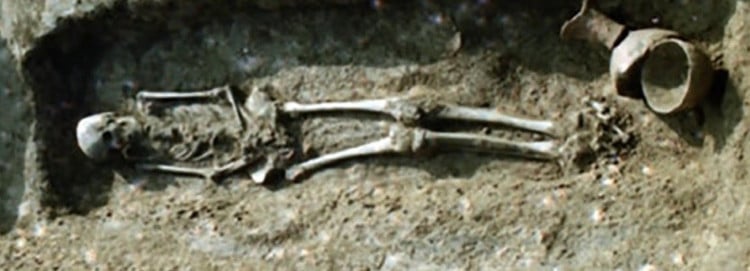

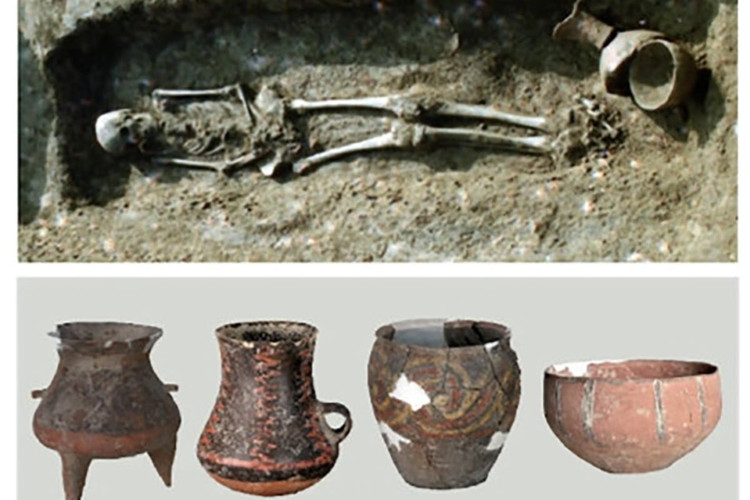
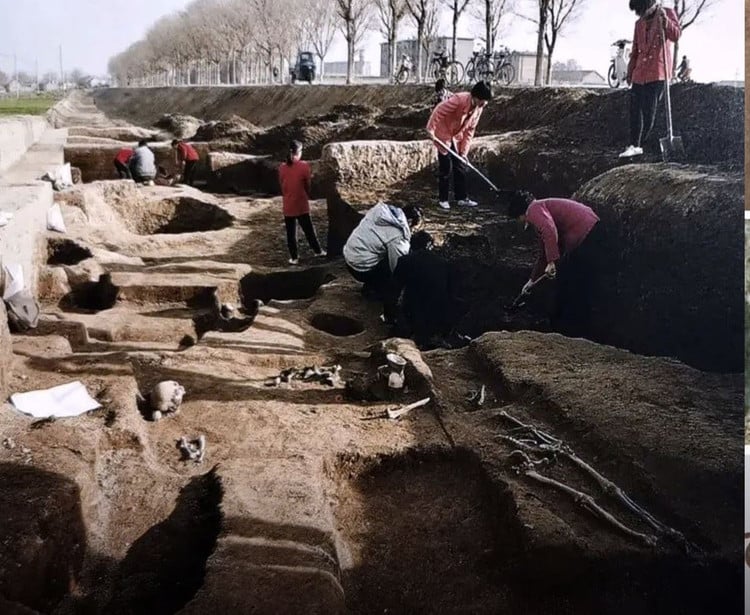
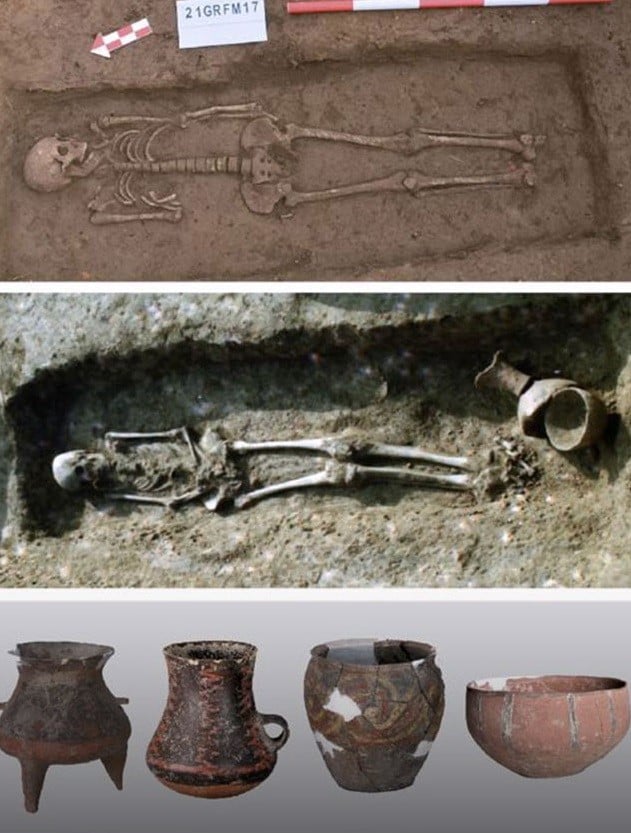
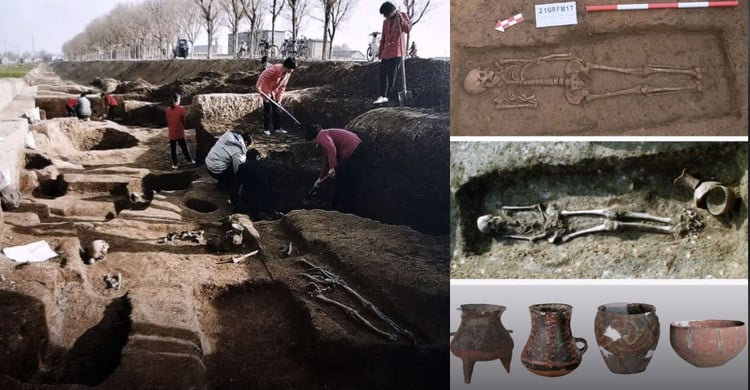






















































































![[Infographic] In 2025, 47 products will achieve national OCOP](https://vphoto.vietnam.vn/thumb/402x226/vietnam/resource/IMAGE/2025/7/16/5d672398b0744db3ab920e05db8e5b7d)













Comment (0)